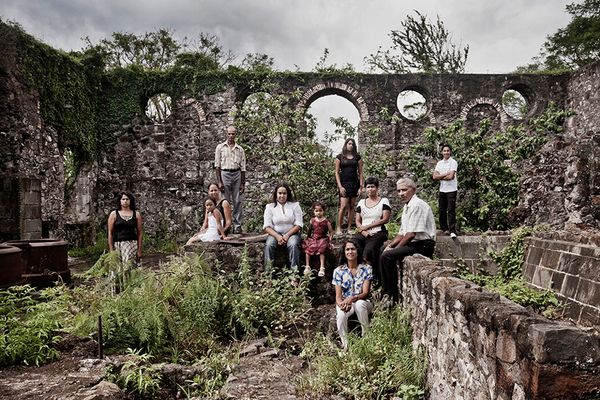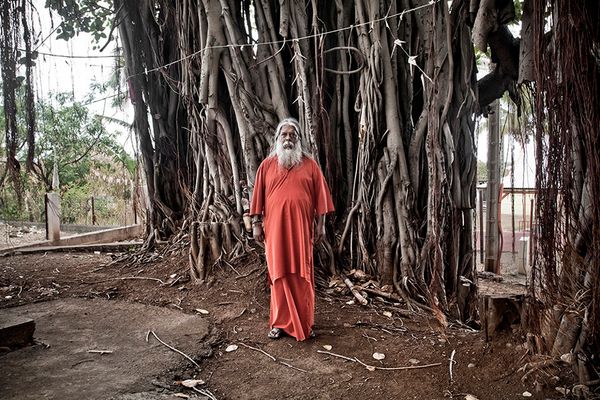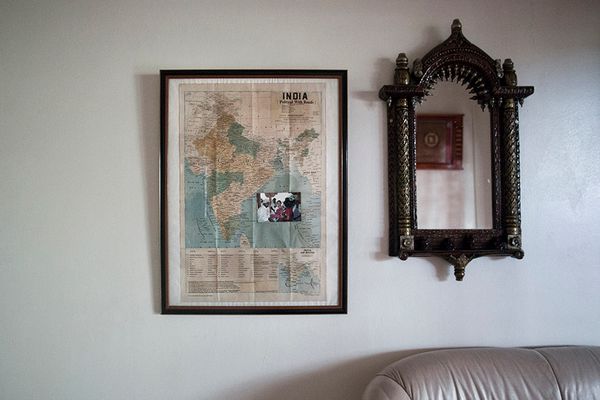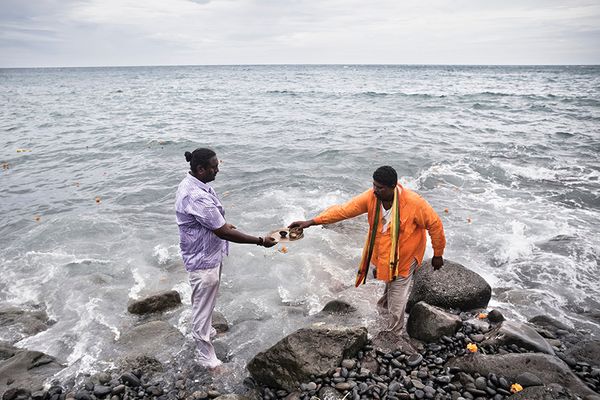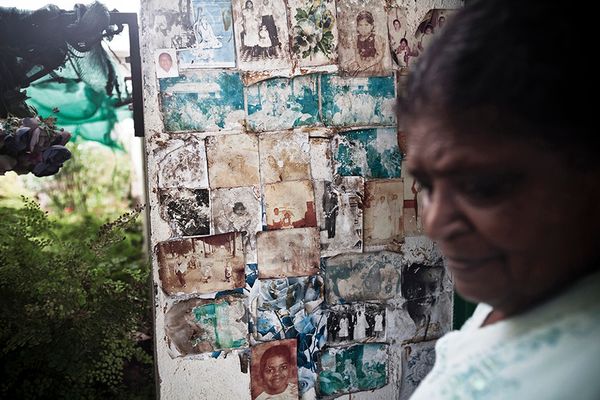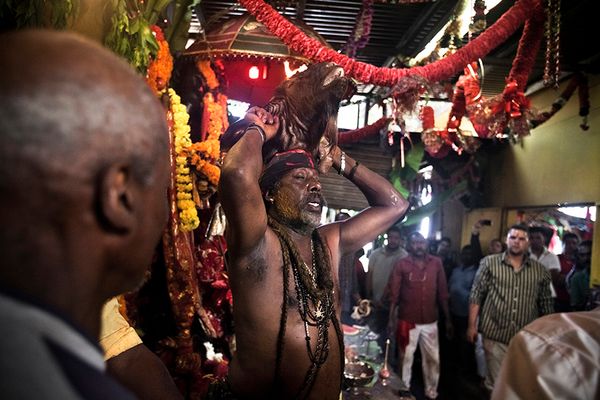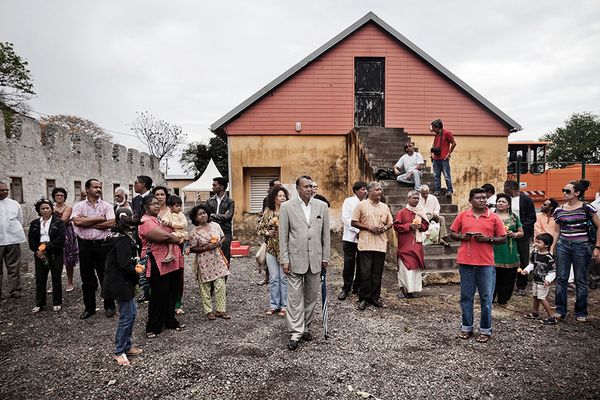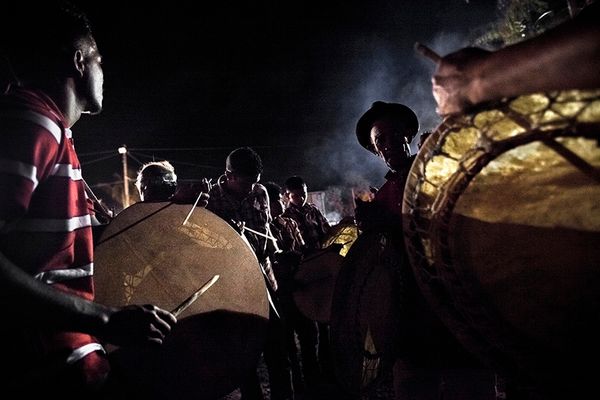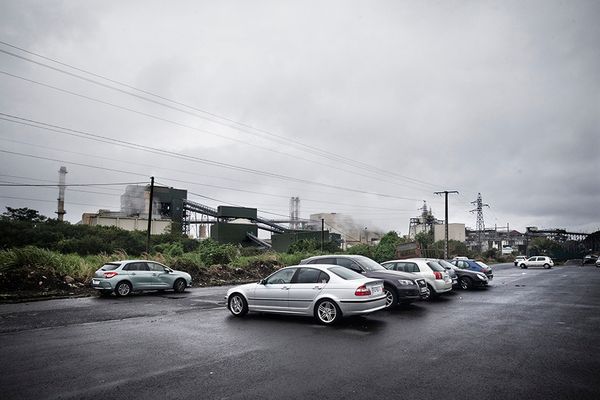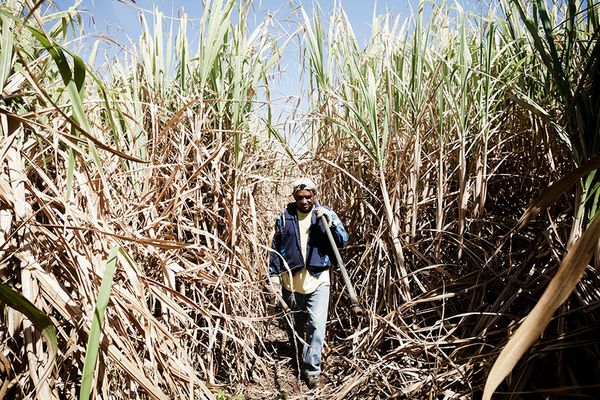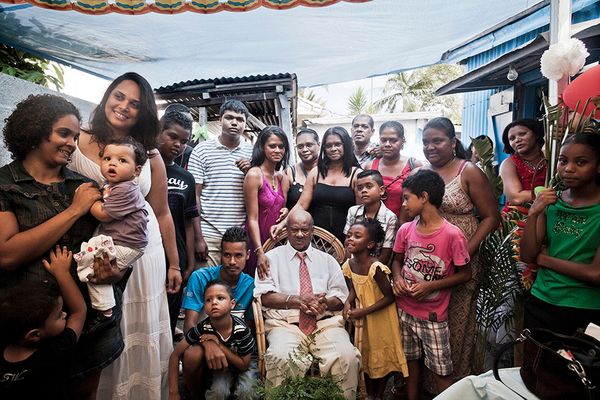From India to Reunion Island:From indenture to emancipation
-
Dates2013 - 2014
-
Author
Just as colonization has been characteristic of the XIXth century, decolonization has been characteristic of the XXth.
Just as colonization has been characteristic of the XIXth century, decolonization has been characteristic of the XXth. France is remembered in History as the country of secularism and the cradle of the Age of Enlightment, which led to the Revolution and the birth of the Declaration of the rights of Man and of the Citizen. But for centuries France has also been a colonial power, supporting slavery and oppression policies towards natives.
In the XIXth century, coffee and sugar cane crops provided most of the Island economy. Both of them required an important workforce, hired by rich landowners, first through slavery, then through indenture.
Slavery was officially abolished in Réunion on December 20th 1848, and replaced by indenture. In this kind of servant status, the indentured worker signed a contract with the landowner, committing him for five years. He had to receive a wage, kept his freedom of religion, and was allowed to return in his homeland once the contract had expired.
For most of the indentured workers, though, reality completely differed, and as early as 1859, this engagement was denounced as a new form of slavery. Like slaves, indentured workers were recruited on markets, and their labor conditions were similar to the slaves ones.
Between 1860 and 1936, hundreds of thousands of these workers arrived on the Réunion from several countries, such as India (for most of them), Madagascar, the Comoros, Mozambique, China, or Europe. It is only in the middle of the XXth century that self-willed immigration started to take precedence over indenture.
During this period, more than 120 000 Indians have been “imported” from the East coast of the peninsula. These have originated the Tamil community in the Réunion. Three or four generations later, what have they become? How did they rebuild themselves on this little piece of land lost in the Indian Ocean? Has the son or grandson of these immigrates been able to reconstruct his self, to climb the social ladder, and to reach his freedom?
